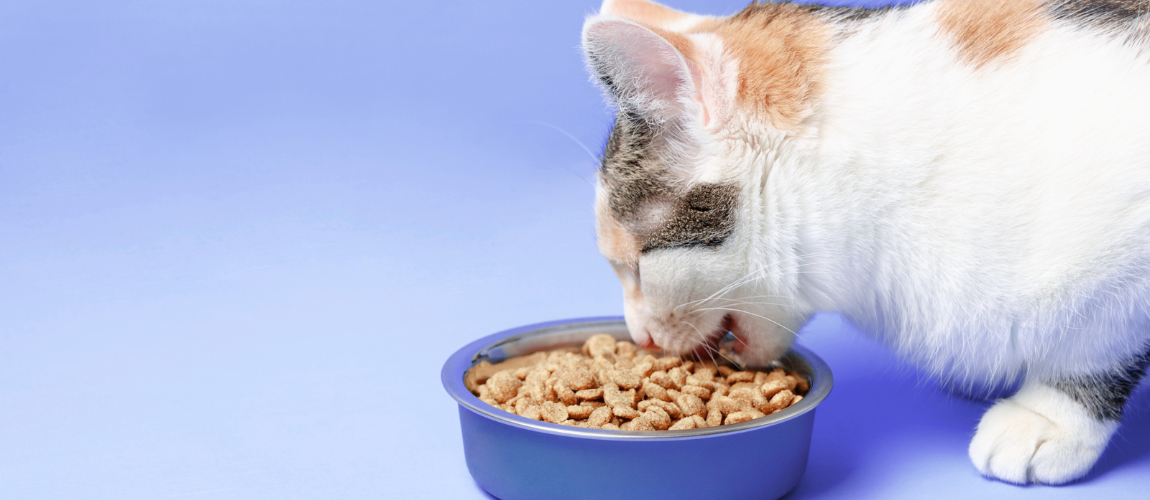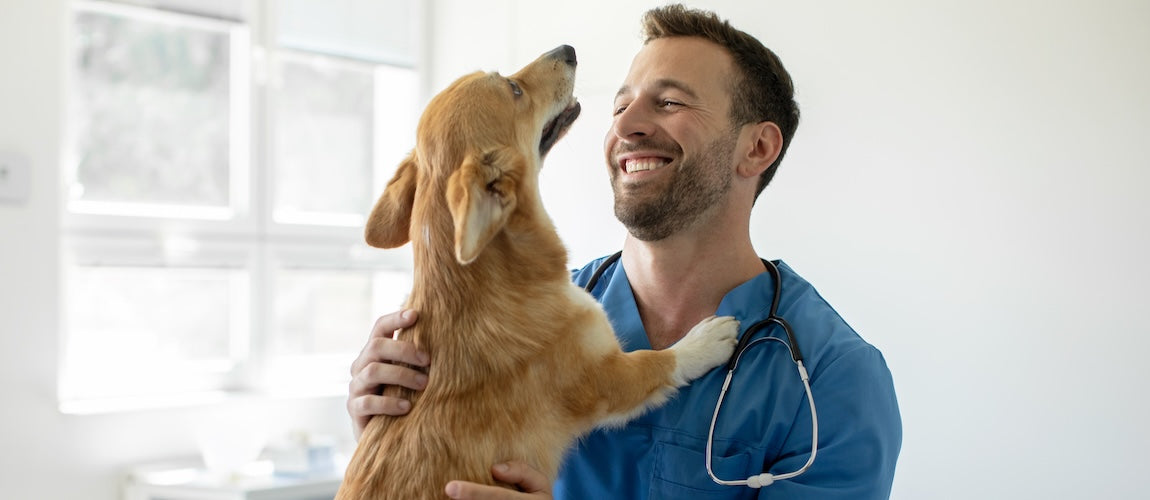
As pet parents, watching your dog or cat gain a little extra weight can be concerning. It’s tempting to chalk it up to a slow metabolism, but how much of that is myth, and what can truly help your pet maintain a healthy weight? Let’s clear up some of the most common misconceptions and explore how you can support your pet’s metabolic health, naturally and effectively.
Myth 1: “My pet’s metabolism is just slow, there’s nothing I can do.”
Reality check: Every animal has its own metabolic rate, influenced by age, breed, neuter/spay status, activity level, body composition (muscle vs. fat), and overall health. But slow metabolism is rarely the only, or even the main, reason a pet gains weight. Often, the root causes are overeating, insufficient activity, or too many treats/“extras.”
What you can do:
- Adjust feeding amounts to match caloric needs (consult your vet).
- Increase regular activity (walks, play, enrichment).
- Avoid free-feeding; schedule meals.
Myth 2: “If I feed them less, they’ll get thinner.”
Truth: Undernourishing your pet can lead to loss of lean muscle mass, compromised immune function, and reduced energy. Muscle is metabolically active tissue, it helps burn calories even at rest. If diet cuts are too drastic or nutrients are imbalanced, metabolism can adapt in unhelpful ways (slowing down to conserve energy) which makes later weight loss harder.
Better approach:
- Moderate calorie reduction while keeping protein intake high.
- Ensure essential vitamins, minerals & fats are balanced.
- Combine with increased physical activity.
Myth 3: “All calories are equal.”
Reality: Nope. The quality of calories matters just as much as quantity. Diets high in processed carbs or low in protein/fiber can lead to fat gain more easily than diets that emphasize nutrient density, good fats, lean protein, fiber, etc.
Tips:
- Choose a high-quality, species-appropriate food.
- Limit “empty calorie” treats.
- Prioritize nutrition over just calorie counting.

Myth 4: “Aging means inevitably gaining weight.”
Partly true, but manageable. As pets age, their activity level often drops, they may lose some lean muscle mass, digestion efficiency might change, hormonal shifts can occur, etc. But that doesn’t mean weight gain is unavoidable.
Actionable steps:
- Regular vet checkups to monitor body condition above just scale weight.
- Adjust feeding & supplement routines as needs change.
- Keep them active mentally & physically even in older age.
If you have a senior pet, check out our post on How to Support Healthy Aging in Pets for more tips!
How Supplements Can Fit In — Helping Where Diet & Activity Leave Off
Supplements won’t replace a balanced diet or adequate activity, but certain formulas can support metabolic health, help your pet utilize nutrients better, manage appetite, and support fat utilization. Done well, they are part of a holistic plan.
This is where PicoPets’ Weight Management supplement line comes into play. Here are some ways these products can help:
- Metabolism Boost: Helps ensure that calories are used efficiently rather than stored. More efficient energy usage supports healthy body weight.
- Appetite Regulation: When your pet is less likely to overeat, it’s easier to maintain weight. Supplements that aid satiety or curb unnecessary hunger cues can be a real help.
- Fat Utilization: These formulas are designed to help your pet’s body access stored fat for energy, rather than just storing more. This supports shedding extra pounds in a healthier way.
- Joint & Mobility Support: Extra weight stresses joints. Helping maintain mobility and comfort can increase willingness/ability to move, which in turn helps burn calories. Supplements that support muscle, joints, and comfort can be part of the strategy.
Specifically, PicoPets offers products like ReMag®, which supports muscle function and energy production, helping pets stay more active and burn calories more efficiently.
Another is PicoMyte, rich in minerals like magnesium and boron, which help regulate metabolic processes at the cellular level.
Putting It All Together: A Healthy Weight Plan for Pets
Here’s a step-by-step approach you can follow with your vet:
- Assess – Get a vet check up to rule out medical causes (thyroid issues, etc.).
- Baseline diet + intake logging – Track what your pet is eating (food, treats) for a week.
- Adjust food quality & quantity – Move toward a nutritionally appropriate diet, portioned properly.
- Increase activity & enrichment – More play, walks, interactive toys.
- Introduce supplements – Use pet supplements like those in the PicoPets weight management line to support metabolism, appetite control, and fat utilization.
- Reassess regularly – Weigh pets, check body condition every few weeks. Adjust plan as needed.
Bottom Line About Weight Management for Pets
Metabolism plays a role in your pet’s weight, but it's rarely the main culprit on its own. Overfeeding, low activity, aging, and diet quality tend to have bigger impacts. By addressing those areas, along with supportive supplementation when appropriate, you can help your pet maintain a healthy weight, better mobility, and happier, more energetic days.
At PicoPets, we’re here to support you with formulas designed to boost metabolism, regulate appetite, and aid fat utilization for lasting wellness.



